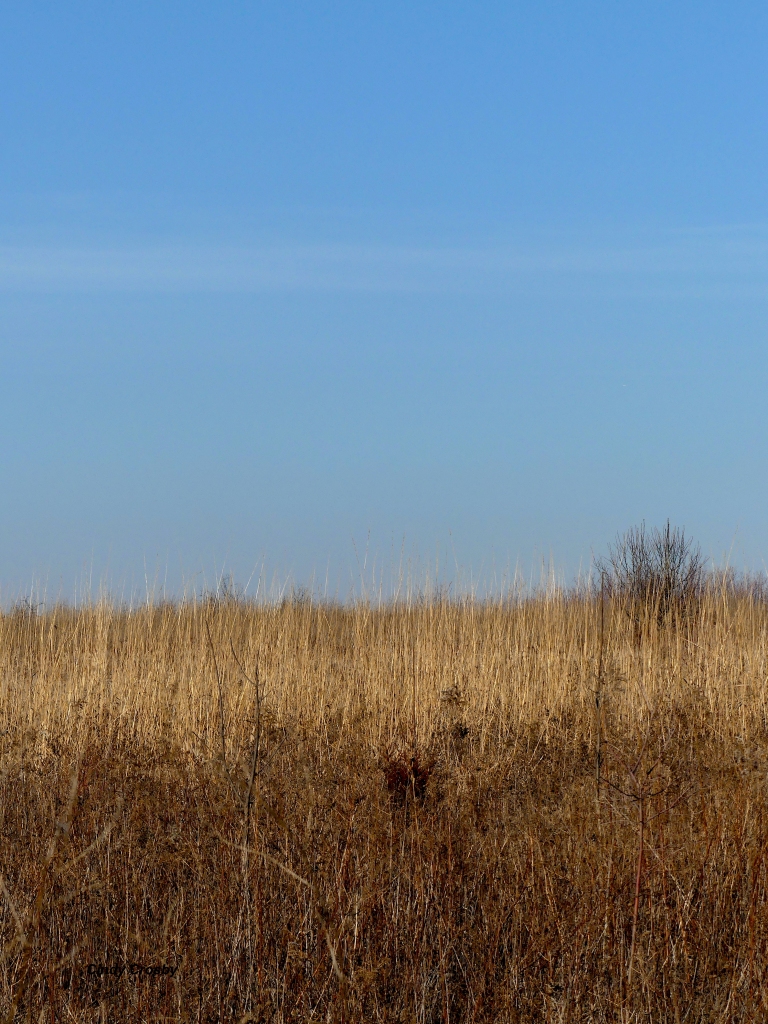“There is always in February some one day, at least, when one smells the yet distant, but surely coming, summer.” — Gertrude Jekyll
*****
Sunday evening, Jeff and I stepped outside at twilight to see bright Venus and Jupiter shining in the west. They’ll move toward “the kiss”—an almost-conjunction in the sky—on March 1.

As we stood outside in the dark, boots squelching in the melting snow, the smell of the air hit me. It was one part fresh mud, one part thaw, one part fresh laundry. The smell of spring.
Spring? It’s here, folks. Wednesday, March 1—tomorrow—is the first official day of meteorological spring for some; others look to the vernal equinox March 20 to declare the season officially open. No matter which date you choose, spring is here in the vagaries of weather.

Ahh. The weather. Monday, two freak tornadoes touched down a few miles from our house. In…February?

Yep.

Some towns near us saw as much rain in a few hours as they usually receive in a month. Temperatures reached almost 60 degrees. It was the fifth warmest Feb 27 since the 1800’s, according to our Chicago weatherman Tom Skilling.

It’s not only wild weather that says “spring.” Spring is here in the scent of February snowmelt.

The call of the sandhill cranes headed north. The crocus’s purple petals splayed open in a pocket of sunshine between the porch and the house.

Spring is here in the rustle of bleached grasses on the tallgrass prairies.

We can hear “spring” announced by the crash-bang early morning thunderstorms that rattle the window blinds.

Spring drops its calling card in the slop of mud on the prairie trails.

As Jeff and I walked the prairie paths this weekend, we startled a host of American tree sparrows. They are winter residents in the Chicago region, and will soon head to their northern breeding grounds. Cornell University tells me American tree sparrows are a species in steep decline, so I’m heartened to see so many on my walks. I’ll miss them when they leave.

A string of geese pull each other across the sky.

Now there’s a species that’s thriving! I always think of bowling pins when I see them overhead.

There’s a chatter of red-wing blackbirds which screech and swoop, visible at every turn on the prairie trails.

Along the trail, he last seedpods wait for prescribed fire to wipe the prairie clean. A fresh start.

Even at twilight the slant of the sun hints at the new season transition.

Do you feel it? Take a deep breath. Soak it in.
Spring.
It’s here. At last.
******
The opening quote is by Gertrude Jekyll (1843-1932), known for her garden designs in Great Britain. The author of at least 15 books and thousands of articles, she was a painter until her eyesight began to fail, then her garden design talents moved to the fore.
*****
Join Cindy for a Class or Program in March!
Literary Gardens —In Person— March 7, 7-8:30 p.m,– Hosted by the ELA Library and Lake Zurich Garden Club. Location change — now at St. Matthews Lutheran Church, Hawthorn Woods, IL. Free and open to the public. For more information, visit here.
Illinois’ Wild and Wonderful Early Bloomers ONLINE — March 15, 7-8:30 p.m., Hosted by Bensonville Public Library. Free and open to the public, but you must register for the link by calling the library. Contact information here.
Illinois’ Wild and Wonderful Early Bloomers ONLINE –March 16, 7-8:30 p.m., Hosted by the Rock Valley Wild Ones. This event was formerly a blended program and is now online only. Open to the public; but you must register. Contact information is here.
Literary Gardens — In Person —– Saturday, March 18, 9am-12:30 pm. Keynote for “Ready, Set, Grow!” Master Gardeners of Carroll, Lee, Ogle, and Whiteside Counties through The Illinois Extension. Dixon, IL. Registration ($25) is offered here.
The Morton Arboretum’s “Women in the Environment Series”: The Legacy of May T. Watts— (in person and online)—with lead instructor and Sterling Morton Librarian extraordinaire Rita Hassert. March 24, 10-11:30 a.m., Founders Room, Thornhill. Registration information available here.
Literary Gardens–In Person — Wednesday, March 29, 7-8:30 p.m. La Grange Park Public Library, LaGrange, IL. (free but limited to 25 people). For more information, contact the library here.
See Cindy’s website for more spring programs and classes.
*****
Bell Bowl Prairie in Rockford, IL, needs your help! Find out more on saving this threatened prairie remnant at SaveBellBowlPrairie.



































